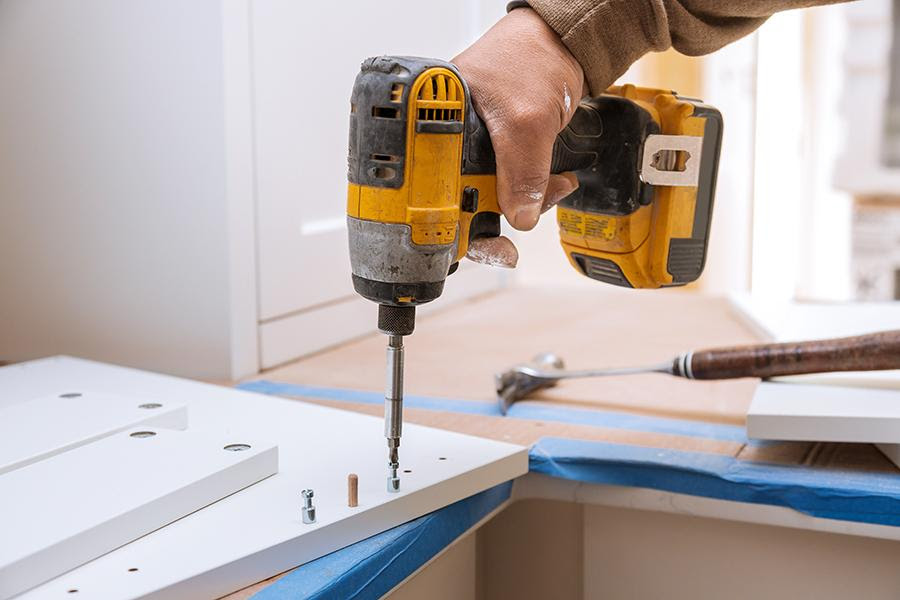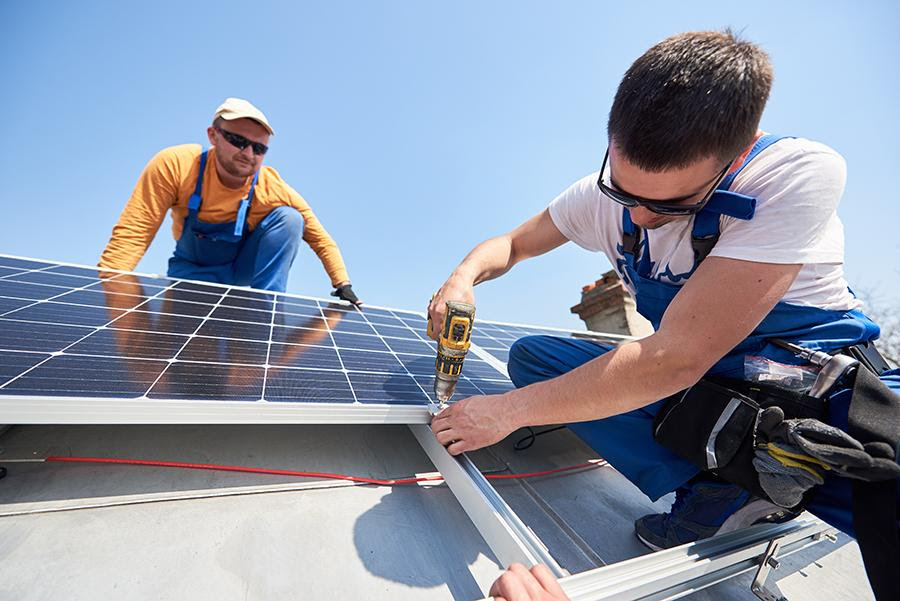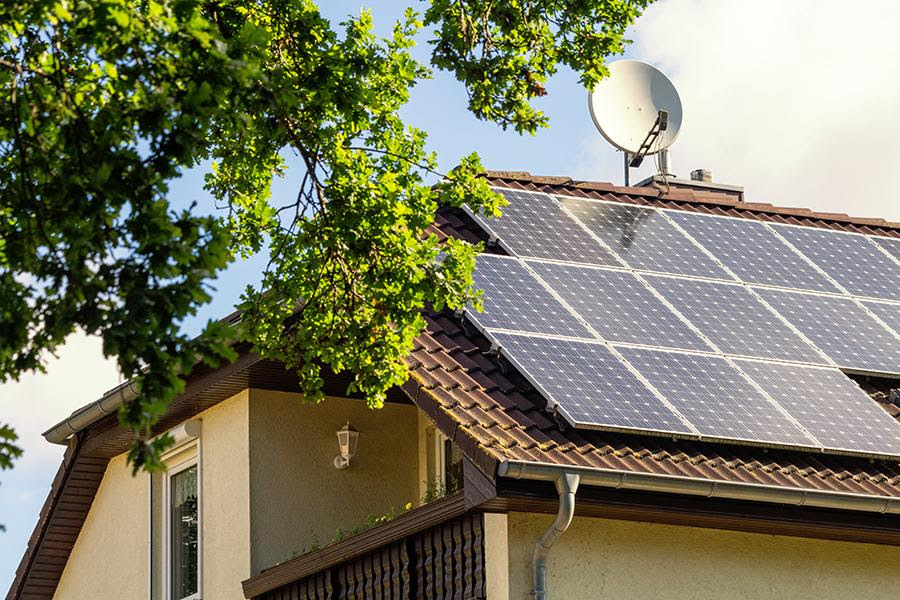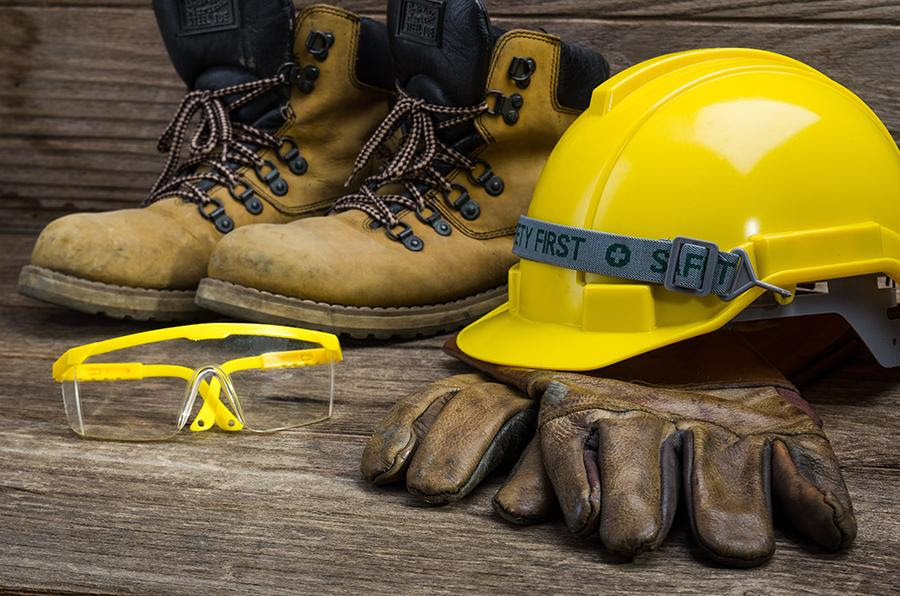Keep More Dollars in Your Pocket by Taking Advantage of These Incentives for Construction Pros
You don’t need to crack the tax code to benefit from a number of credits that can reduce the amount you owe Uncle Sam. The government is rewarding energy efficiency through various measures and incentives, and homebuilders as well as homeowners can reap those rewards. We’ve rounded up the major tax credits below, and while they’re no substitute for consulting a tax professional, they’ll give you a good start in reducing your taxes.

Name: Energy Efficient Home Credit
Details: The lengthy federal Inflation Reduction Act of 2022 is aimed generally at curbing inflation, but one of its goals is to promote clean energy — good news for homebuilders. Even better news: Its terms were recently updated and extended.
For homes and units acquired on or after Jan. 1, 2023, the base-level tax credit is tied to Energy Star program requirements for single-family, manufactured and multi-family homes, and the credit is now available until 2032. You might already know that Energy Star is a government-backed symbol of energy efficiency and is administered by the Environmental Protection Agency.
Credits Available
Single-family new homes: $2,500 if the home meets Energy Star program requirements, which differ based on the acquisition date. Homes acquired between Jan. 1, 2023, and Dec. 31, 2024 must meet the requirements of the Energy Star Single-Family New Home National Version 3.1, and homes acquired between Jan. 1, 2025, and Dec. 31, 2023, must meet the requirements of Version 3.2.
If the home is certified through the U.S. Department of Energy’s Zero Energy Ready Home (ZERH) Program, for which Energy Star certification is a prerequisite, the amount is $5,000.
Manufactured homes: $2,500 if the home meets the most recent Energy Star Manufactured New Homes program requirements; $5,000 if it’s certified to the DOE’s Zero Energy Ready Home (ZERH) Program.
Multi-family homes: $500 for meeting the requirements of the Energy Star Multi-family New Construction National (or regional program) applicable to the dwelling unit, as specified in Section 13304 of the law; $1,000 if it’s certified to the DOE’s Zero Energy Ready Home (ZERH) Program.
A $2,500 tax credit also is available for multifamily projects that meet prevailing wage requirements.
How to Get It: File IRS Form 8908. You must be an eligible contractor who has sold or leased the home to another person during the tax year for use as a residence.

Name: Energy Efficient Home Improvement Credit
Details: This rewards homeowners who make qualified energy-efficient improvements to their main home (where they live most of the time), so as a build or remodeling pro you can offer added value to your clients in the form of educating them about it.
To read more about the Energy Efficient Home Improvement Credit, click on the button below the article to go to Houzz Pro.
How to Get It: File IRS Form 5695. If your improvements were installed before 2022, use previous versions of the form. You must claim the credit for the tax year when the property is actually installed.

Name: Residential Clean Energy Credit
Details: Similar to the Energy Efficient Home Improvement Credit but applies specifically to qualified home improvements focused on clean energy, including:
- Solar electric panels
- Solar water heaters
- Wind turbines
- Geothermal heat pumps
- Fuel cells
- Battery storage technology
Qualified expenses may include labor costs, but traditional building components that serve a roofing or structural function generally don’t qualify. As with the previous credit, the home must be your primary residence; you might need to subtract subsidies, rebates or other financial incentives; and you can’t use your home solely for business purposes.
Credits Available: 30% of the cost of new, qualified clean energy improvements installed between 2022 and 2033. If you use you home partly for business, the maximum annual benefit is:
Business use up to 20%: full credit
Business use more than 20%: credit based on share of expenses allocable to nonbusiness use
There’s no yearly or lifetime dollar limit except for fuel cell property, which is limited to $500 for each half-kilowatt of capacity. If more than one person lives in the home, the combined maximum credit for all residents is $1,667 for each half-kilowatt of capacity.
How to Get It: File IRS Form 5695. If your improvements were installed before 2022, use previous versions of the form. You must claim the credit for the tax year when the property is actually installed.

Name: Energy Star-Certified Equipment and Home Audits
Details: These credits are part of the Energy Efficient Home Improvement and Residential Clean Energy credits, but we’ve sorted them by category for easy reference.
Credits Available:
Air-source heat pumps, heat pump water heaters and biomass stoves: 30% of project cost up to $2,000 for any combination of heat pumps (except geothermal), heat pump water heaters and biomass stoves/boilers
Geothermal heat pumps, small wind turbines, solar energy systems, fuel cells and battery storage technology:
- 30% for property placed in service after Dec. 31, 2016, and before Jan. 1, 2020
- 26% for property placed in service after Dec. 31, 2019, and before Jan. 1, 2022
- 30% for property placed in service after Dec. 31, 2021, and before Jan. 1, 2033
- 26% for property placed in service after Dec. 31, 2032, and before Jan. 1, 2034
- 22% for property placed in service after Dec. 31, 2033, and before Jan. 1, 2035
Central air conditioning, boilers, furnaces, windows/skylights, and electrical panel upgrades: 30% of project cost up to $600; there’s a total limit of $1,200 for any combination of home envelope improvements (windows/doors/skylights, insulation, electrical) plus furnaces, boilers and central air conditioners
Natural gas water heaters: 30% of project cost up to $600
Insulation: 30% of project cost up to $1,200; subject to the total limit of $1,200 for any combination of home envelope improvements (windows/doors/skylights, insulation, electrical) plus furnaces, boilers and central air conditioners
Home audits: 30% of costs up to $150. The audit must include an inspection and written report for the principal residence, conducted and prepared by a certified home energy auditor. It must identify the most significant and cost-effective energy efficiency improvements, including an estimate of the energy and cost savings for each.
How to Get It: File IRS Form 5695.
As a Construction Pro, Many Kinds of General Contractor, Remodeling, and Construction Company Tax Deductions are Available to You, Including The Following Below

- Machinery and tools
- Safety gear
- Marketing and advertising
- Trade school tuition
- Seminars and workshops
- Union dues
- Commercial license
- Phone, computer and accessories
- Lead generation and productivity software, such as Houzz Pro
- Office expenses
- Legal fees
Amount: Varies based on the item or service
How to Get Them: You’ll claim these on your tax returns for the year in which they were purchased.
Make sure to consult a tax professional to make sure you get every possible tax credit and deduction you can. Whether you use the money you save to build your business, pay everyday expenses or splurge on a well-earned vacation is up to you.
DISCLAIMER:The information provided does not, and is not intended to, constitute tax or legal advice; instead, all information, content and materials in this article are for general informational purposes only. Readers of this article should contact their attorney or tax specialist to obtain advice with respect to any particular matter. No reader, user, or browser of this site should act or refrain from acting on the basis of information on this site without first seeking advice from experts in the relevant jurisdiction. Only your individual attorney or tax advisor can provide assurances that the information contained herein — and your interpretation of it — is applicable or appropriate to your particular situation. Use of, and access to, this website or any of the links or resources contained within this article do not create an attorney-client relationship between the reader, user, or website authors, contributors, contributing law firms, or committee members and their respective employers. All liability with respect to actions taken or not taken based on the contents of this site is hereby expressly disclaimed.









